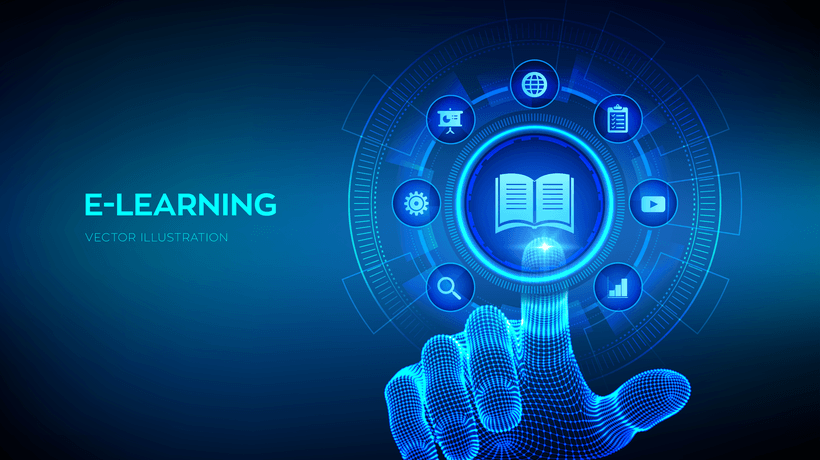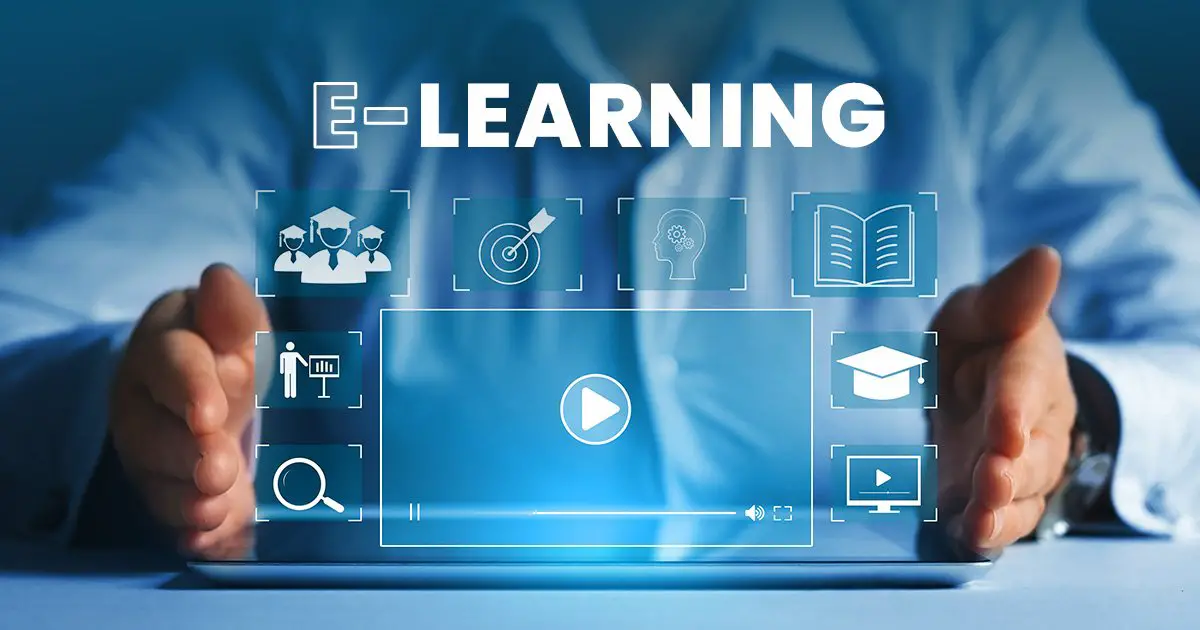An undeniable change in learning has become certain with the dynamicity of technology. E-Learning Trends is one of the most vital tools for improving the learning experience and making education far more accessible than before.
Now, let’s discuss how much e-learning trends can transform education. Here are some of its exciting possibilities it has for the future and the challenges in shaping the educational landscape.
E-Learning for the Betterment of Education
Several perks of e-learning trends work to enhance the quality of digital education. One of the most exciting advantages is its ability to personalize this experience. In comparison with a traditional classroom, where the needs of students cannot be met individually, e-learning trends give access to platforms that fit to one’s needs and learning styles.
Personalized learning can be done by the use of adaptive learning technologies, which traces a student’s progress and change, if necessary, the level of difficulty or speed changes from one person to person. Such an approach creates a deeper understanding and engagement with the material, thus, covering a greater span of learners.
More than that, e-learning trends removes the hindrances of geography, resulting into better future of digital education becoming absolutely global. Students who can’t move around comfortably can access the best quality of educational inputs from any part of the world.
Also, e-learning platforms gives flexibility in scheduling wherein learners can adjust their education to their daily lifestyles. Flexibility is a key factor, especially for working professionals seeking to upskill or reskill themselves.
E-learning experiences can be made very interactive and engaging. Gamification, implies including game mechanics in the learning process that can further make learning comfortable and motivating.
Long interactive simulations, highly elaborated, and immersive technologies like Virtual Reality can really work well in closing learning environments to real-life experiences. All of these features imparts engagement and improve critical thinking and problem-solving skills in students.

The Future of Education With E-Learning
The potential for personalization in AI has turned huge now. AI mentors have the ability to help students get educational feedback and support individually in a way that is much better than traditional classes with a large strength of students that sometimes teachers cannot manage.
Another exciting trend that is going to set the future of learning on the top is mobile learning. In a few years, as more and more people start using smartphones and tablets, learning materials will be available to learners anytime and anywhere
Further, this on-the-go learning will advantageously position them by putting their educational life in their hands and helping them continue to build their knowledge. Improvements in augmented reality also include the development of interactive learning experiences that overlay information from the digital world into the real one.

Disadvantages and Issues
Although e-learning provides immense scope, it comes with problems. The most critical factor is social isolation. A traditional class setting provides the students with a sense of belongingness and togetherness.
E-learning modules must devise methods to simulate this social element through online discussion forums, group assignments, or other interactive webinars.
Another challenge is the digital divide, which describes the gap between what we have and what we do not. If properly supported through infrastructure and devices, then it would be possible for a great proportion of the population to share in the benefits described for e-learning.
In this regard, institutions have to work on bridging the gap of this digital divide to ensure inclusivity
Another set of challenges faced by e-learners includes technical difficulties and distractions. A reliable internet connectivity and a setting devoid of distractions are important in attaining successful e-learning.
E-learning is a shift to personalized, flexible, interactive learning. Most importantly, with technological advancement, it’s going to make learning much more accessible, interactive, and effective to any learner at any age and all categories of students.
It is crucial to acknowledge the challenges of social isolation, the digital divide, and technical difficulties. But by effectively using technology to solve these challenges and making it effective for all, e-learning can be used to pave the way towards a bright future for education proving that learning is a lifelong journey accessible to all.
References
- University of Texas Center for Teaching and Learning: This site offers a comprehensive list of references for online learning and teaching, covering topics from effective teaching with technology to managing online instructor workload. It’s a valuable resource for understanding both the theoretical and practical aspects of e-learning (Center for Teaching & Learning).
- LearnUpon’s Ultimate eLearning Resources Guide: This guide includes a variety of resources such as Learning Solutions Magazine, Modern Workplace Learning Magazine, and Chief Learning Officer. It covers a broad spectrum of e-learning topics, including AI in learning and design principles for virtual classrooms (LearnUpon) (LearnUpon).
- SpringerLink: This site offers scholarly articles on e-learning in higher education. It includes research on smart learning environments, blended learning, and the effectiveness of online learning, providing an academic perspective on e-learning trends and challenges (SpringerLink).
- eLearning Industry: This blog is a one-stop-shop for e-learning professionals. It features articles on trends, best practices, and instructional design, making it a great resource for keeping up-to-date with the latest developments in the field (LearnUpon).

